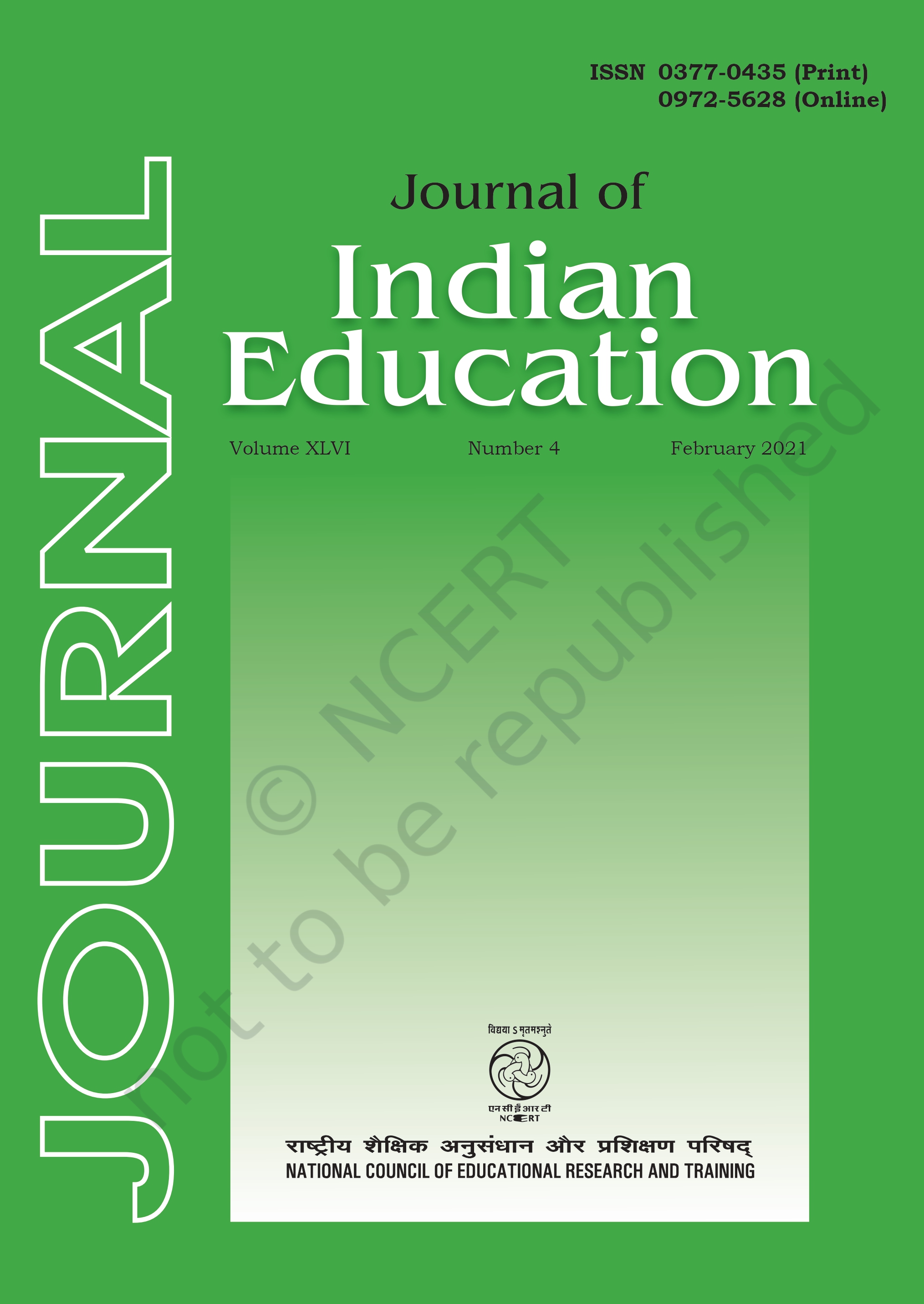Effectiveness of Graphic Organiser as a Classroom Practice on the Academic Achievement and the Meta-cognitive Awareness of Students at the Secondary Level
Published 2021-02-28
Keywords
- Secondary education,
- Graphic organisers
How to Cite
Abstract
The imagery mode of information storage is referred to as graphic organisers or non-linguistic representations. A graphic organiser is a visual and graphic display that depicts the relationship between facts, terms or ideas within a learning task. These organisers activate and engage learners in the instructional process and enable them to capture and focus their attention in an exciting way. Objectives of the study were to find out the effectiveness of select metacognitive classroom practice, namely graphic organiser in enhancing academic achievement and meta-cognitive awareness of Malayalam language students at the secondary level. 165 secondary school students from four schools belong to three districts of Kerala namely, Pathanamthitta, Alappuzha and Kottayam were selected as experimental and control groups. In the present study, a mixed method of research design, incorporating both quantitative and qualitative data collection and analysis were used. A pre and post-test and non-equivalent non-group design was selected for the study. Considerable discussions about the process of learning and the participatory mode of evaluation energised the learners to become authentic about the most important component of selfdirected learning. From this study, we can conclude that graphic organisers are powerful and excellent instructional tools, which help to instill meta-
*

